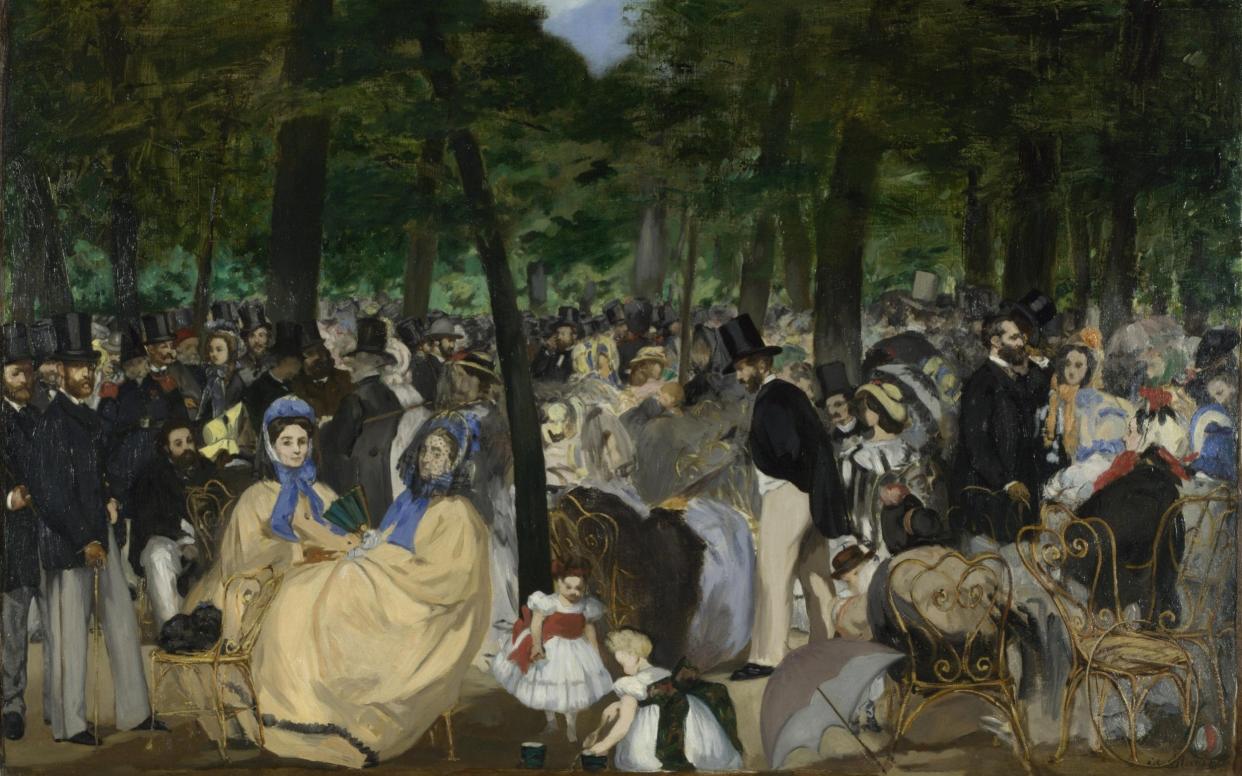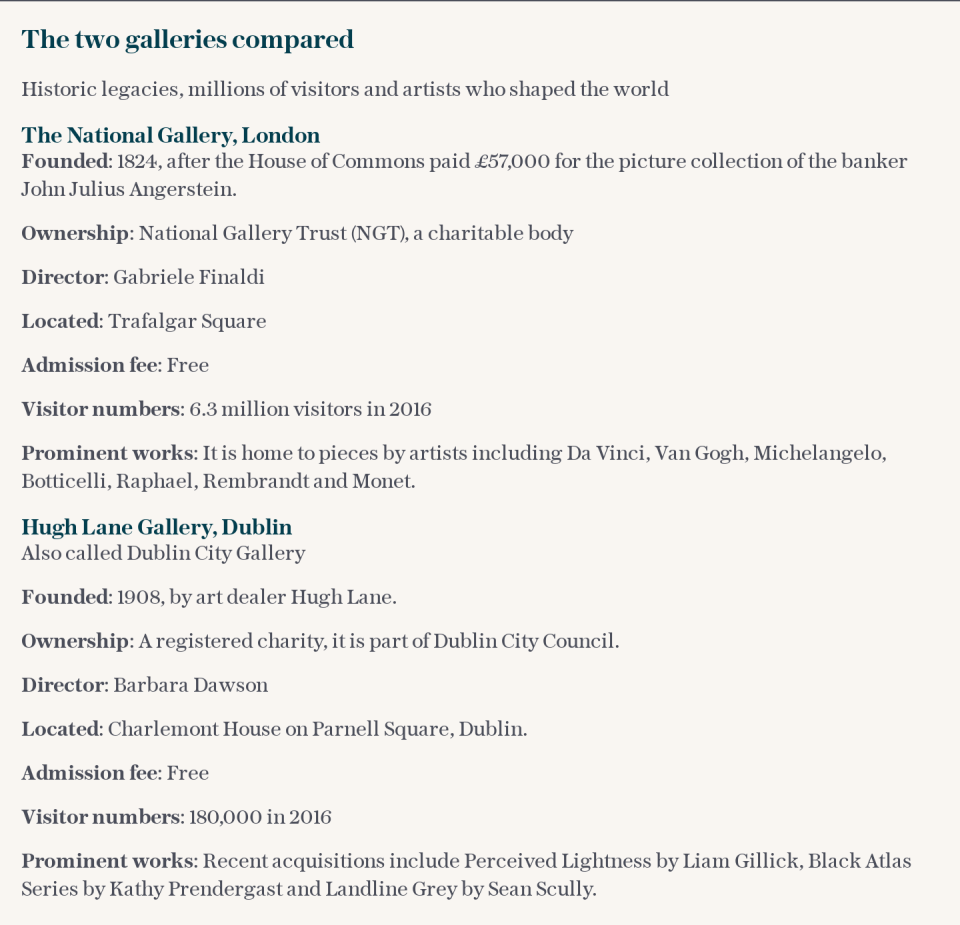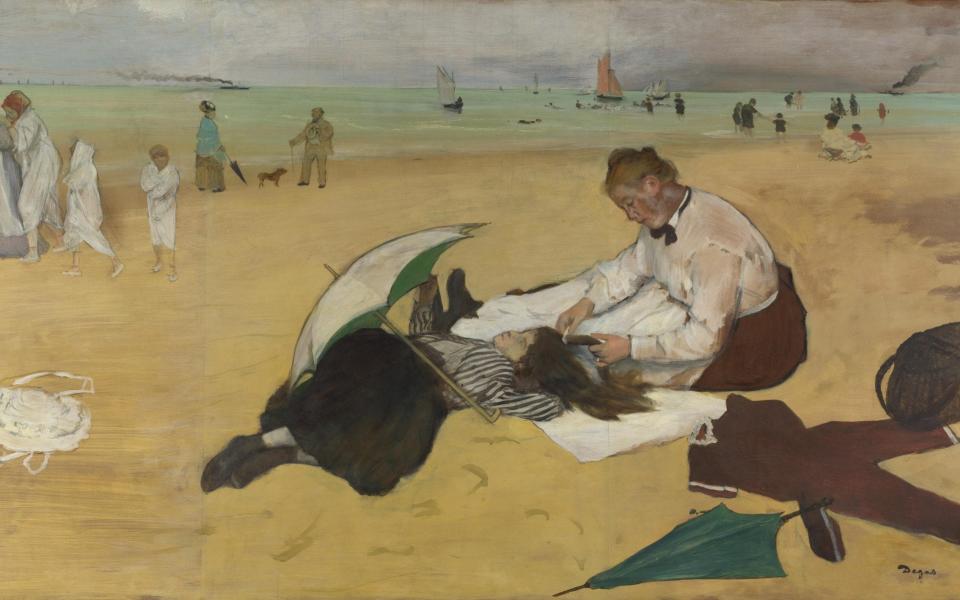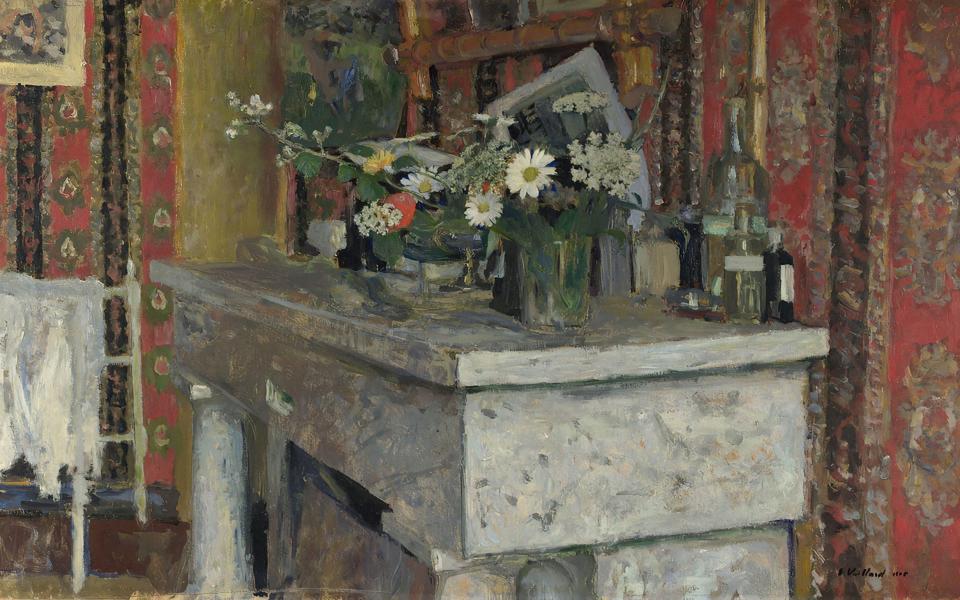National Gallery's 100-year row with Hugh Lane Gallery ends with shared custody deal for Old Masters

It was a disagreement that began more than a century ago with the untimely demise of a 39-year-old art dealer on board RMS Lusitania.
The death of Sir Hugh Lane, resulting from a torpedo fired from a German U-boat, in 1915 preceded a bitter battle between England and Ireland’s premier art galleries over the ownership of 39 Impressionist paintings.
On Thursday, a “collegiate” agreement was heralded by the National Gallery in London and Hugh Lane Gallery in Dublin regarding the artwork promising to settle once and for all a dispute once contested in the High Court.
The row was caused when Sir Hugh, an Irish-born collector who grew up in Cornwall, executed a will bequeathing his collection, consisting of works by Manet, Monet and Renoir, to the National Gallery in London.

But it later emerged he had a change of heart when a codicil was found in his desk at the National Gallery of Ireland, where he served as director, indicating the artworks should instead be kept in his homeland.
However, because Sir Hugh’s request was not witnessed, the High Court decided the National Gallery was the rightful owner of the pieces, meaning they would hang in London.
The quest to return the paintings to Ireland was led by Irish dramatist Lady Gregory, who was Sir Hugh’s aunt, until her death in 1932, but the campaign lived on. In 1956, two Irish students, Paul Hogan and Billy Fogarty, stole Jour d’Eté by Berthe Morisot from the Tate Gallery – where it was on loan – as an act of protest.
The pair reportedly scoped out the gallery for several days in the lead-up to the theft, pretending to sketch numerous works of art while learning the guards’ movements.

After they left the gallery with the canvas, they were said to have taken a black cab to Piccadilly Circus before the alarm was raised. The painting was eventually handed in to the Irish embassy and returned to the Tate Gallery.
Since the 1960s, the galleries have agreed to exhibit the paintings in both capitals at regular intervals in a series of rotating loans.
But this week, a new arrangement was revealed which would see more paintings cross the Irish Sea to spend time in both countries.
Gallery officials also declared that paintings in Sir Hugh’s collection would no longer be presented in Ireland with an accompanying note stating “by kind agreement of the British National Gallery”.

Under the new arrangement, 10 paintings will be swapped between London and Dublin every five years, an increase of two pieces on previous rotating loans.
Twenty-seven paintings, which were given to Dublin on long-term loan, will now reside there permanently.
All work will be relabelled “Sir Hugh Lane Bequest, 1917, the National Gallery, London. In partnership with the Hugh Lane Gallery, Dublin” to acknowledge the “collegial relationship” between the institutions.
Sir Charles Saumarez Smith, a former director of the National Gallery, told The Telegraph the changes could help quell “historic tensions” surrounding Sir Hugh’s final wishes, adding that concessions from British officials were “good and generous”.

It is understood that a warmer working relationship between the Hugh Lane and National Gallery led to the deal, which could see the start of new collaborations between the institutions.
Oliver Dowden, the Culture Secretary, said: “This partnership is a brilliant example of co-operation in the cultural sector and marks a new phase in the ongoing relationship between the National Gallery and the Hugh Lane Gallery.”
Hazel Chu, Lord Mayor of Dublin, said: “I am very proud and delighted to have these renowned paintings in the city’s Hugh Lane Gallery, founded by Sir Hugh Lane in 1908.
“It is the earliest gallery of modern art in Europe and is one of Dublin’s most significant cultural institutions. The Sir Hugh Lane Bequest paintings are on display to be enjoyed by Dubliners and all visitors to the city.”

 Yahoo News
Yahoo News 
